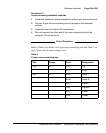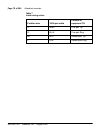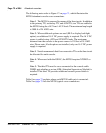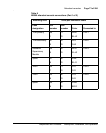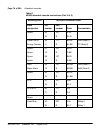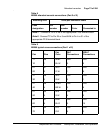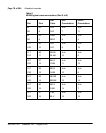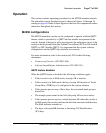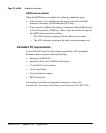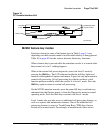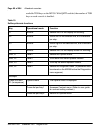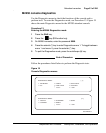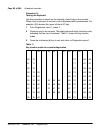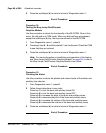
Attendant consoles Page 77 of 504
Telephones and Consoles Description, Installation, and Operation
Operation
This section contains operating procedures for the M2250 attendant console.
The attendant console faceplate layout is shown in Figures 14 through 16,
starting on page 66. Refer to these figures as the basis for component location
references throughout this section.
M2250 configurations
The M2250 attendant console can be configured to operate with the QMT2
feature, which is provided by a QMT2 add-on module incorporated in the
console. Instead of having to add a keystrip unit, the technician can set a dip
switch on the keyboard/controller Printed Circuit Panel (PCP) to ON (enable
QMT2) or OFF (disable QMT2). It is important that the system software
configuration and the QMT2 dip switch be set correctly.
For more information, refer to the section on LD15 in the following
documents:
• Features and Services (553-3001-306)
• Software Input/Output: Administration (553-3001-311)
QMT2 feature disabled
When the QMT2 feature is disabled, the following conditions apply:
• If the console is not in Shift mode, keystrip AK is inactive.
• If the console is in Shift mode, the keys in strip AK function as Trunk
Group Busy (TGB) keys, if configured in the system software.
• If the operator presses any of these keys, the associated trunk group is
busied out.
• The triangle points aimed to the left of keystrip AK are never active.
• If the operator presses any key outside keystrip AK when the console is
in Shift mode, the console performs the function associated with that key.
The Shift indicator remains on.
• The keys in keystrip BK function as Incoming Call Identification
(ICI) keys.



